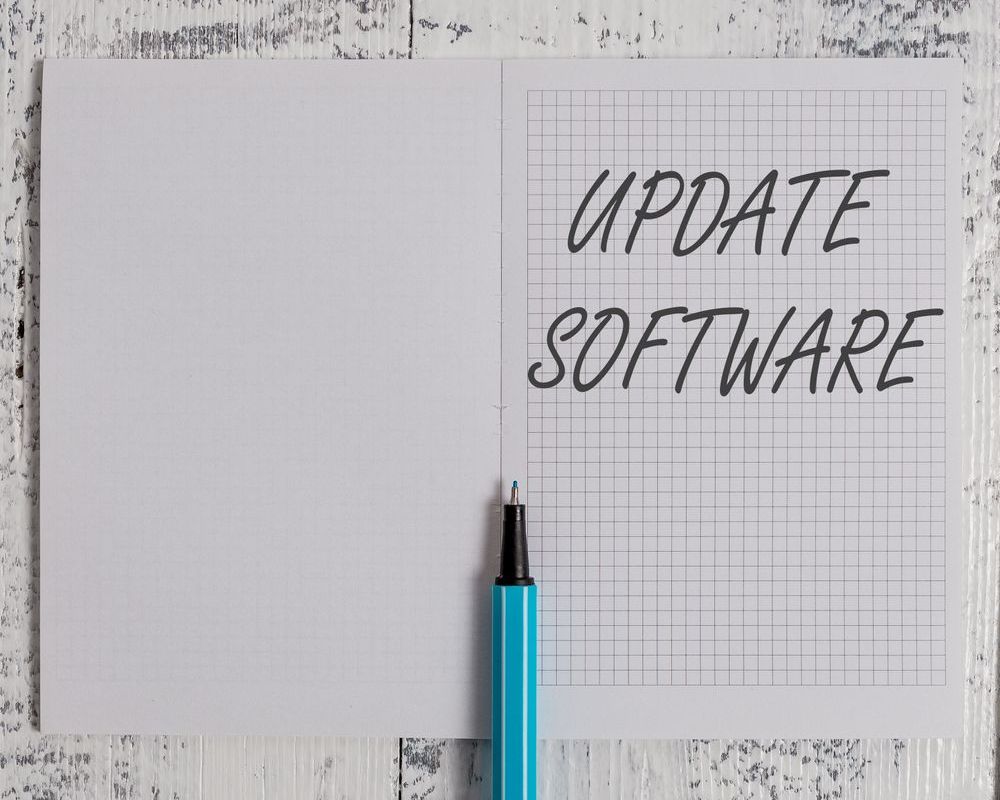Blog Post
Why GenAI "copilots" are the Game-Changers You Can't Afford to Ignore
AJ Ansari • March 5, 2024

Everywhere you turn, there's a GenAI tool. Some are built into your favorite apps and productivity tools, others exist just to chat with you. And they all come with very fancy names too - ChatGPT, Bard, WatsonX, DALL-E, Synthesia, etc. But if ever a company found THE ideal name for AI tools and how they should fit into the life of a human, it is Microsoft with their "Copilot" brand. In the past, I have questioned many of Microsoft's naming and branding choices: some are too long (Microsoft Dynamics 365 for Finance and Operations, Business Edition), others are confusing, and yet others keep getting renamed so often that it's hard to keep up.
But calling a GenAI tool "Copilot"? That is inspired! **Chef's kiss!** I need my AI to be a copilot to my pilot, the Tonto to my Lone Ranger, and the Robin to my Batman. Capable and available for me when I need it. Sticks to my agenda without having one of its own. Lets me focus on the important stuff like making decisions, but providing me the answers and analysis that helps me reach those decisions. And helps me make sense of the world around me.
Before anyone starts assuming I'm looking to go on autopilot and blindly trust whatever my copilot tells me, let me stop you in your tracks. That is absolutely not the case. I know what I get out of it is only as good as the data I give it and the prompts I write, and it is ultimately my responsibility to validate the information I get from it. And to be fair, different situations require different levels of effort and validation. I like to break these down into three (3) categories:
- Presenting financial data to your board, or making strategic business decisions
- Using GenAI to help create work-product or content.
- Making sense of large documents and recorded meetings; or even a breaking news story, such as the US Supreme Court's unanimous ruling today on a case that has wide-reaching impact on both the upcoming elections and our democracy.
The first situation requires a lot more effort providing underlying data in a format that can be parsed, followed by numerous iterations of prompt writing, testing, and validating results. This can take hours - or more - before you get to a point where you can sign off on the GenAI analysis. In most cases, the goal is to spend a lot of time initially, so you can save a lot of time when you have to do the same analysis in a month.
The second situation is full of landmines. If you're a student, this could be a big no-no and land you in hot water. If you're a copywriter or a content creator, using GenAI tools isn't a great look either. Some outlets have strict rules around them, while others frown upon it. There are entire tools dedicated to detecting AI written content, and if nothing else, it could be cause for professional embarrassment especially if the use of a GenAI tool is not disclosed. But there are places where it can save you time without much downside: Using it to reply to an email or shorten a wordy social media post.
The third situation is where having a GenAI copilot has been the most indispensable for me. When I have 30 pages of a document to parse through in advance of a call coming up in the afternoon, I turn to my GenAI copilot. It's on the ready with my briefing. And if I find I need more detail on a certain area of the document, I can prompt my copilot for it. Or find that section in the document and read just that area line by line. Similarly, having a tool that recaps what happened in a meeting and articulates action items has been a godsend!
And every once in a while, it's also great for making sense of the news. As I was jumping from one meeting to the next, I got an alert on my phone that the Supreme Court decided unanimously to allow Former-President Trump to remain on the ballot in Colorado. Historic stuff, regardless of where you stand on the matter. But when you have an event as polarizing as this, it's hard to get objective details without some measure of partisan spin from any news outlet these days. So where do you turn? Of course, grab a copy of the ruling to read it yourself. But wait, it's 20 pages of eye-gouging legalese! No longer do I have to wait until I meet a lawyer friend for lunch weeks later. Now I just turn to my trusty copilot (in this case, my paid ChatGPT-4 subscription). Upload the PDF and ask for a summary. It took less than 3 minutes to upload the PDF, prompt ChatGPT, get a summary and read the said summary. But I wanted to know more about the legal precedents that were cited. In but another minute, I got that too. The facts. No more, no less. No spin.
Now I can be the uber-informed hero around the watercooler AND I didn't spend hours reading a Supreme Court ruling during business hours. But I did spend my lunch hour typing out this LinkedIn post... let's not tell anyone that. And psst, I had ChatGPT help me with a title for this post and that cool-looking graphic at the top.
Bottom line, it's time to accept that GenAI is here to stay, whether you think it's good or bad. Frankly, it's amoral. It's a tool with a great deal of value, and it's up to you to harness it in a way that serves your interest. You can shun it like the Amish shun technology (and still make great butter!) You can use it to cheat your way out of doing work, but it'll catch up with you at some point. Instead, I encourage you to use it as your copilot and sidekick and cut down the time it takes you to do your best work. And I encourage you to spend time learning how to work with AI tools, especially how to write good prompts. There are lots of videos and guides on "prompt engineering" and if you're jumping on the GenAI train, that should be where your journey starts.
I would love to hear your thoughts - the good, the bad and the ugly, so head to the comments section and share your take.
By the way, if you're interested in ChatGPT's objective summary of today's Supreme Court ruling, here it is:

Share
Tweet
Share
Mail
Sign Up for Email Updates
Thank you for signing up for email updates!
Oops, there was an error sending your message.
Please try again later
Please try again later
© 2024
All Rights Reserved | DSWi











